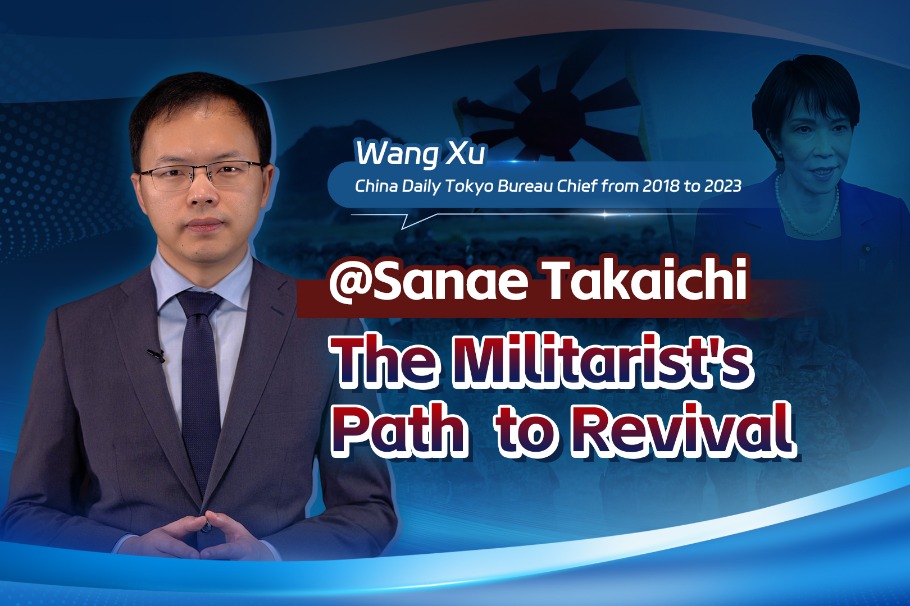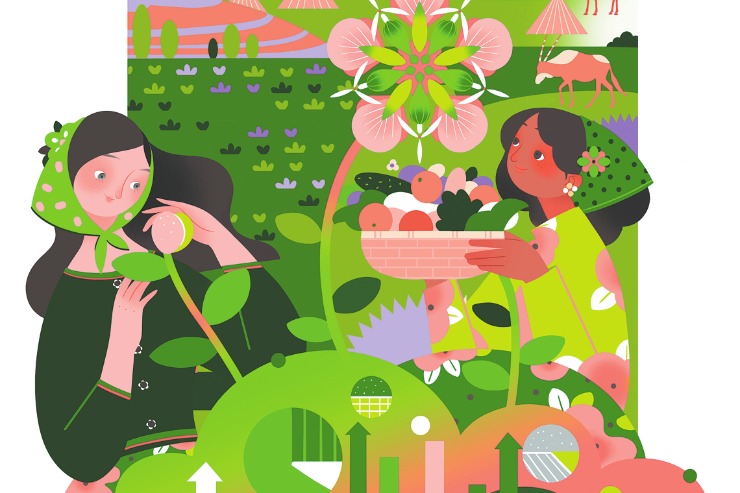The melting pot metropolis

 |
| On the Yangtze River looking back to Chongqing’s city center with the Grand Theatre in view.[Photo provided to chinadaily.com.cn] |
Straddling the banks of the Yangtze and Jialing Rivers, Chongqing is a vast and rapidly developing city in Southwest China. I first moved here from Zhejiang a little over five years ago, and have seen urban transformation unfold before my eyes.
I read that after World War II, Chongqing’s population was only around 300,000 and mainly situated on the peninsula between the two mighty rivers. Now it is 17 million, sprawls far beyond both the north and south banks for miles and grows at a rate of more than 1,000 per week. It is a phenomenon to witness the unceasing flow of residents from the greater countryside settling in the city proper, making for a colorful study on urbanization and the resulting clash of rural and urban cultures.
Chongqing is a modern city in a period of rapid and dynamic expansion, yet still retains many quintessential elements harking back to the past. I love to see the cargo carrying “Bang Bangs” with their bamboo poles, the Chongqing taxis –all colored yellow, the grandmas with their unique pattern woolen hats. The air is filled with the sound of the sing-song local dialect and the fragrance of chili and Sichuan pepper.
I see Chongqing as a very modern city by world standards, yet still maintaining a Chinese character. I enjoy this blend.
 |
| [Photo provided to chinadaily.com.cn] |
I like this as an analogy: Mention Chongqing and Chinese people immediately think of Chongqing hotpot. The large bronze caldron pictured above, however, is a different and much more ancient pot called a “Ding”. This particular one is situated in Chongqing’s Zhao Mu Botanical Gardens. From the very early days in Chinese society, these "Dings" were used for auspicious purposes and many have preserved some the earliest forms of Chinese characters. The characters are inscribed on the inside of the caldron, and along with oracle bone inscriptions represent the earliest known examples of unified Chinese writing.
On this cauldron, a more "modern", yet still ancient form of Chinese writing, Xiao Zhuan, is embossed on the exterior rim. Occupying a prize position overlooking the rising skyline of one of Chongqing’s more recent districts, this amalgamation of Chinese culture is a fitting analogy for Chongqing’s combination of old and new.
 |
| [Photo provided to chinadaily.com.cn] |
Another more obvious sign of mixing times is this baby carrying basket, or Beilou, sitting on the floor of a public bus. These baskets have been used for untold generations to convey infants in relative comfort and safety. Before there was a snaking network of roads and highways crossing this mountain city, and before there were buses and subways, this was how a family travelled. With more transportation options available, I am seeing fewer of these clever cottage industry “vehicles”. The pictured one is still finding use — at least part of the time.
I have seen whole areas transformed into huge housing or working suburbs in these five years, from wasteland to modern skyscrapers with shining new malls and cinema complexes — and not just one or two. Everywhere you go you see the cranes, the barricaded areas and the busy pace of construction. Yet, almost daily, the progress is evident and before you know it the cranes are gone, the barricades packed up and people have moved in.
Yet with all this lightspeed development, the city works. People flood in, buildings go up, and business expands to cater to new demands. Where it goes in the next five years is an interesting speculation, but it will be even more interesting to watch it. It is an exciting place to live.
 |
| [Photo provided to chinadaily.com.cn] |
To sum up my feelings about the changes in this huge city, here is an actual photo I took in late summer four years ago, of the sun over Chongqing. A meteorologist would tell us it is actually a setting sun, but I can safely predict the sun is only just beginning to rise over Chongqing and its people’s future.



































